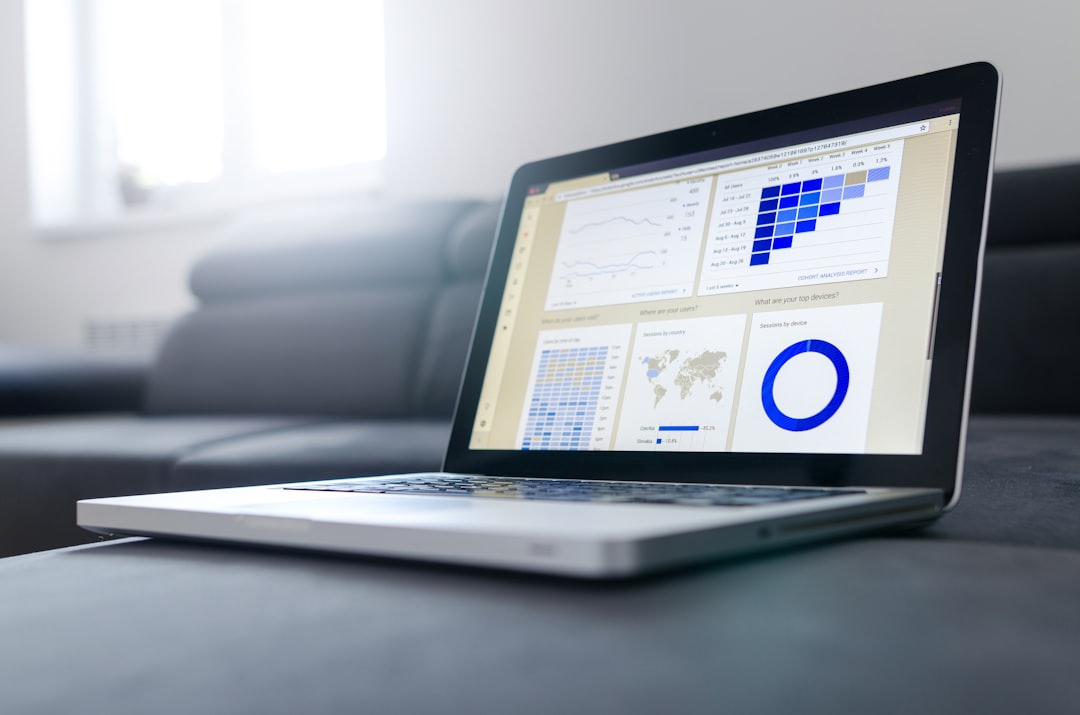A stacked chart is a data visualization tool that uses columns to represent individual data series and the cumulative total of each series is represented by a bar. The height of the bar corresponds to the magnitude of the data point. Stacked charts are used to compare data values within a category, or to compare data values across categories.
How do you use a stacked chart?

A stacked chart, as the name suggests, is a chart that stacks data in layers. Each layer is a different color, and the data in each layer is represented by a different symbol. Stacked charts are typically used to compare data sets that are related to each other. For example, you might use a stacked chart to compare the sales of different products in different regions.
There are a few different types of stacked charts, each of which is best suited for a specific type of data. These include column stack charts, area stack charts, line stack charts, and bar stack charts.
What is a column stack chart?
Column stack charts are perfect for visualizing data that is divided into categories by column. For example, you could use a column stack chart to visualize the percentage of people in different age groups who are married. The y-axis would show the percentage of people in each age group who are married, while the x-axis would show the age groups.
What is an area stack chart?
Area stack charts are perfect for visualizing data that is divided into categories by area. For example, you could use an area stack chart to visualize the percentage of people in different age groups who are unemployed. The y-axis would show the percentage of people in each age group who are unemployed, while the x-axis would show the age groups.
What is a line stack chart?
Line stack charts are perfect for visualizing data that is divided into categories by line. For example, you could use a line stack chart to visualize the percentage of people in different age groups who have children. The y-axis would show the percentage of people in each age group who have children, while the x-axis would show the age groups.
What is a bar stack chart?
Bar stack charts are perfect for visualizing data that is divided into categories by bar. For example, you could use a bar stack chart to visualize the percentage of people in different age groups who have a college degree. The y-axis would show the percentage of people in each age group who have a college degree, while the x-axis would show the age groups.
When should I use a stacked chart?

If you’re wondering when to use a stacked chart, you’ll find a variety of different use cases:
A stacked chart is a great way to compare how different parts of a whole contribute to a whole. This type of chart allows you to compare the percentage or value of each part against the whole. In other words, you can see how each part affects the whole. For example, if you want to compare the sales of different products, you can use a stacked chart. This will allow you to see how each product affects the total sales.
A stacked chart can be used to compare different data sets against each other. You can easily see how each data set contributes to the overall picture. For instance, you might use it to compare the percentage of men in certain jobs to the percentage of women in the same roles.
Overall, a stacked chart is a good choice when you want to compare data from different time periods or from different categories. It can be helpful for understanding how different data series interact with each other. The individual series of data can be compared and contrasted with one another, making it a good choice when you want to compare data from different time periods or from different categories.

